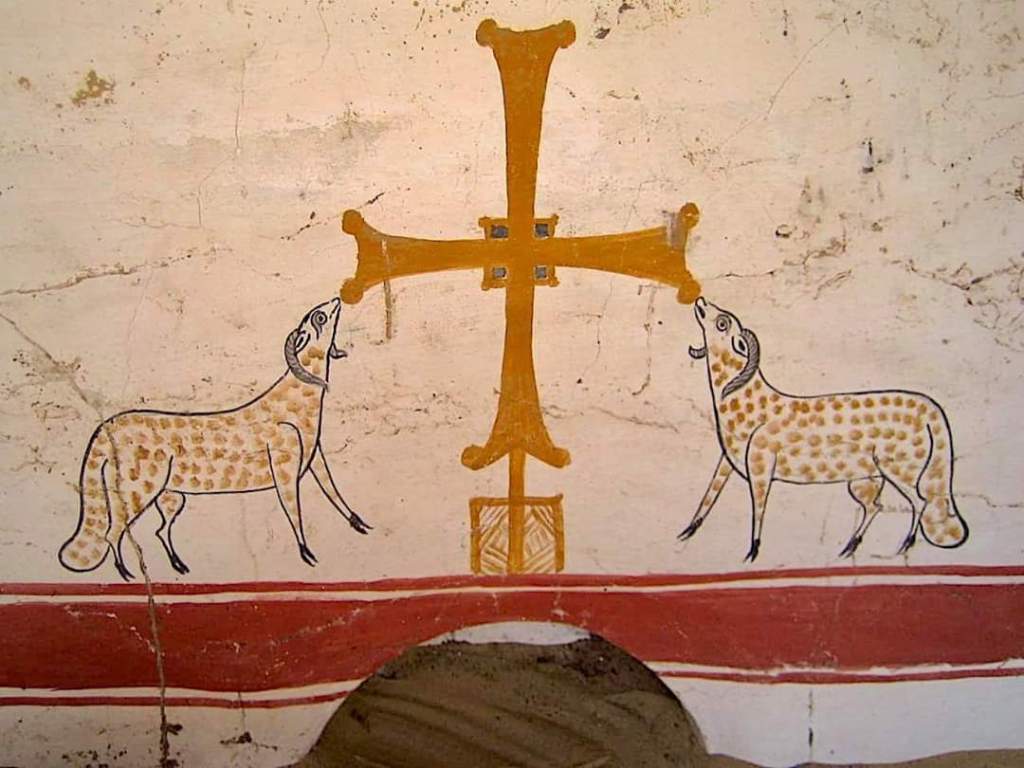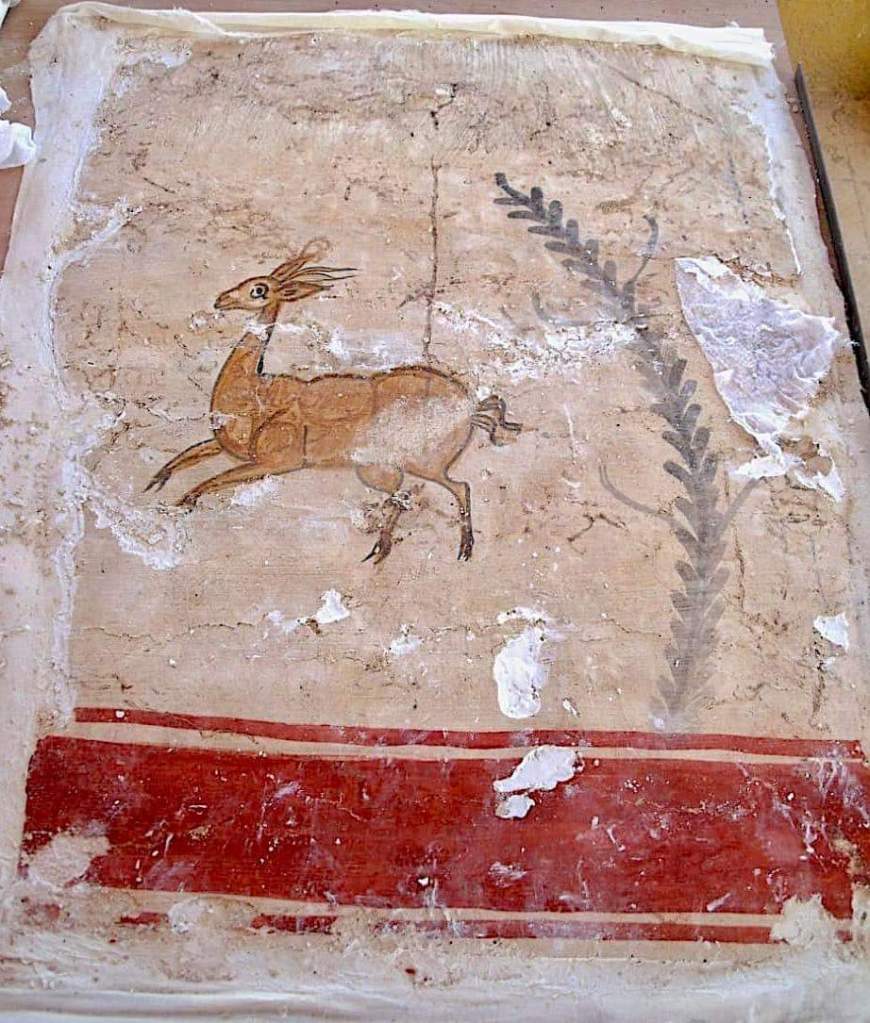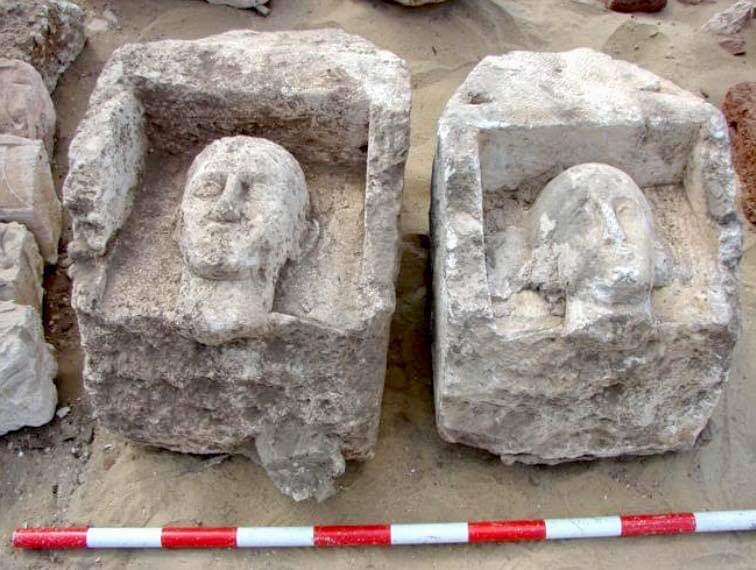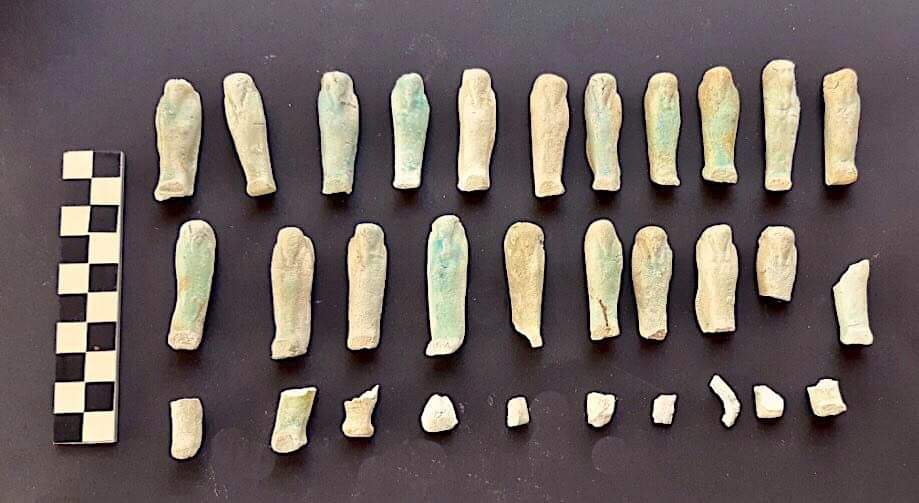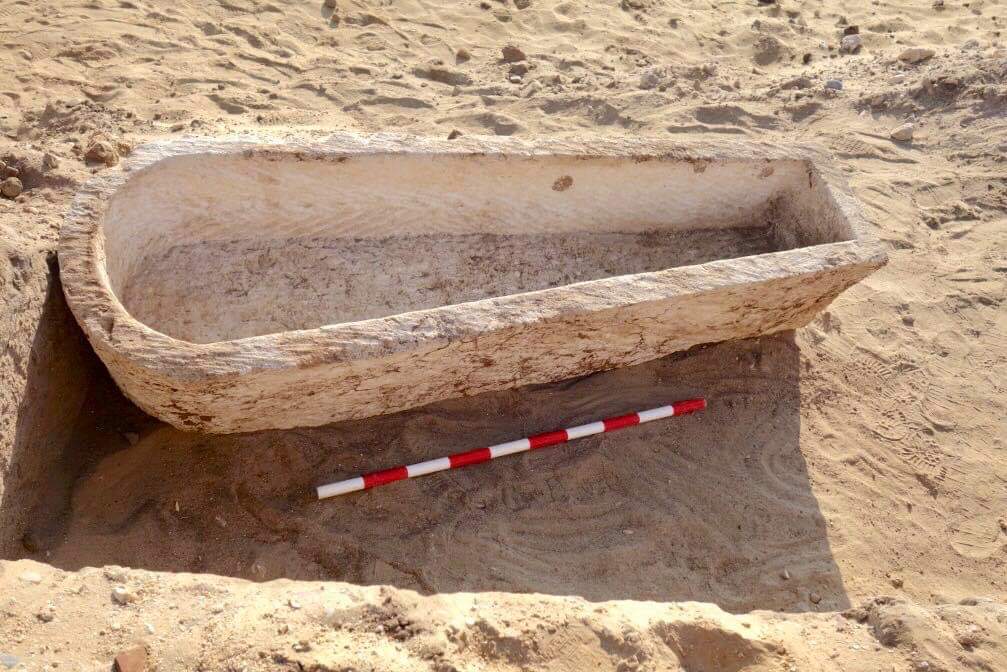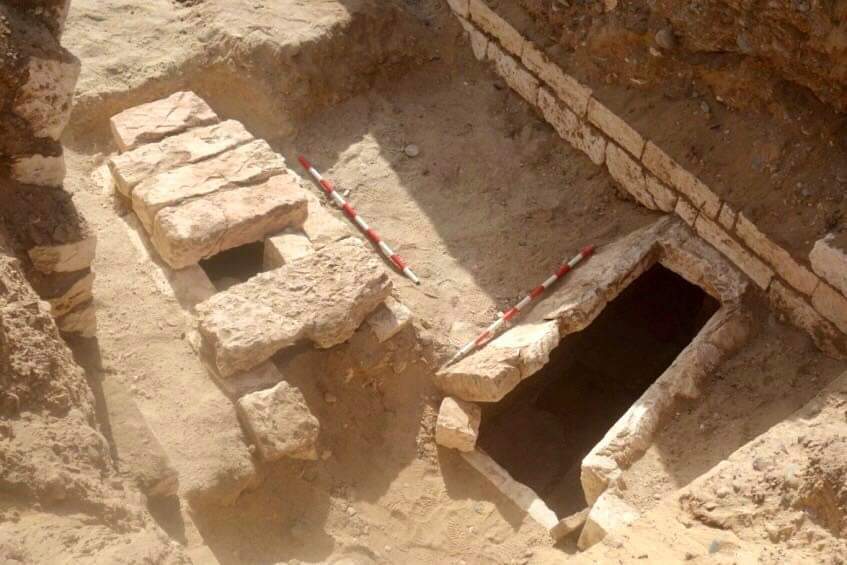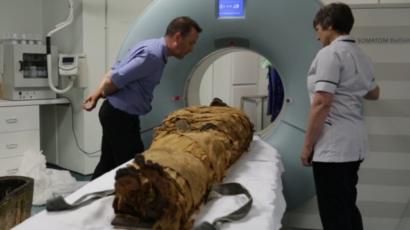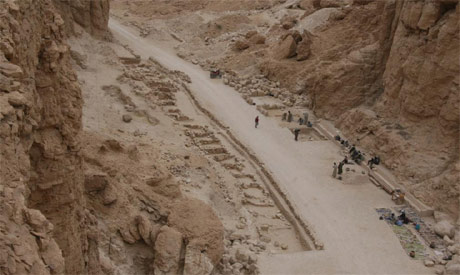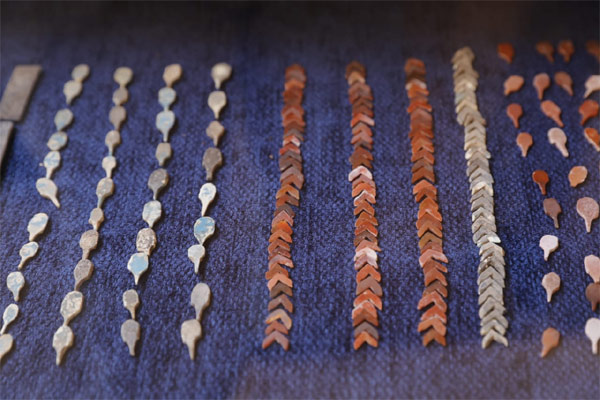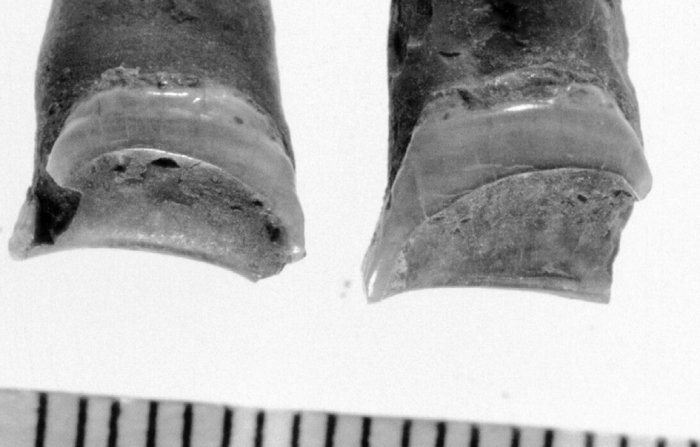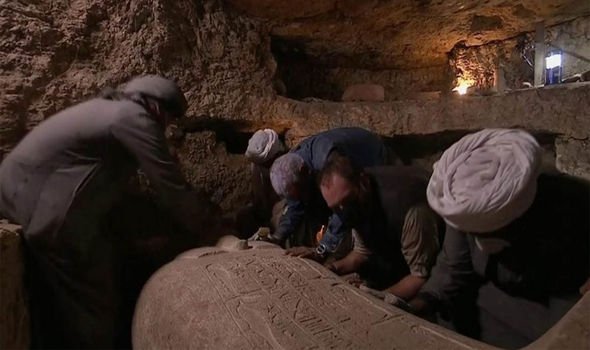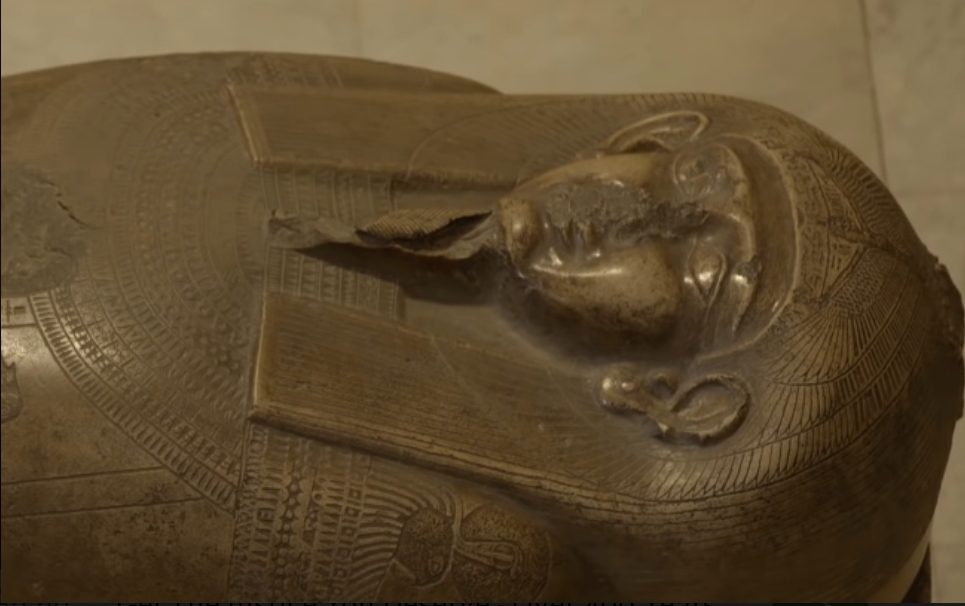Polish researchers examining an ancient Egyptian mummy that they expected to be a male priest were surprised when X-rays and computer tests revealed instead it was a mummy of a woman who had been seven months pregnant.
The researchers said on Thursday it was the world’s first known case of such a well-preserved ancient mummy of a pregnant woman.
The mummy was brought to Warsaw in 1826 and the inscription on the coffin named a male priest. No previous examination had disproved the belief that it was a male.
“Our first surprise was that it has no penis, but instead it has breasts and long hair, and then we found out that it’s a pregnant woman,” Marzena Ozarek-Szilke, an anthropologist and archeologist, told the Associated Press. “When we saw the little foot and then the little hand [of the foetus] we were really shocked.”
The researchers estimated the woman was between 20 and 30 years old and said the size of the baby’s skull suggested she was 26 to 28 weeks pregnant.
Their findings – from the Warsaw Mummy Project, a study of mummies at the Polish capital’s national museum – were published this week in the Journal of Archaeological Science.
Team member Wojciech Ejsmond told the AP: “This is our most important and most significant finding so far, a total surprise. It opens possibilities of learning about pregnancy and treatment of complications in ancient times.”
The researchers say the excellent quality of the embalming suggests it could have been performed well before the first century BC, as it is dated now.” – via The Guardian.


